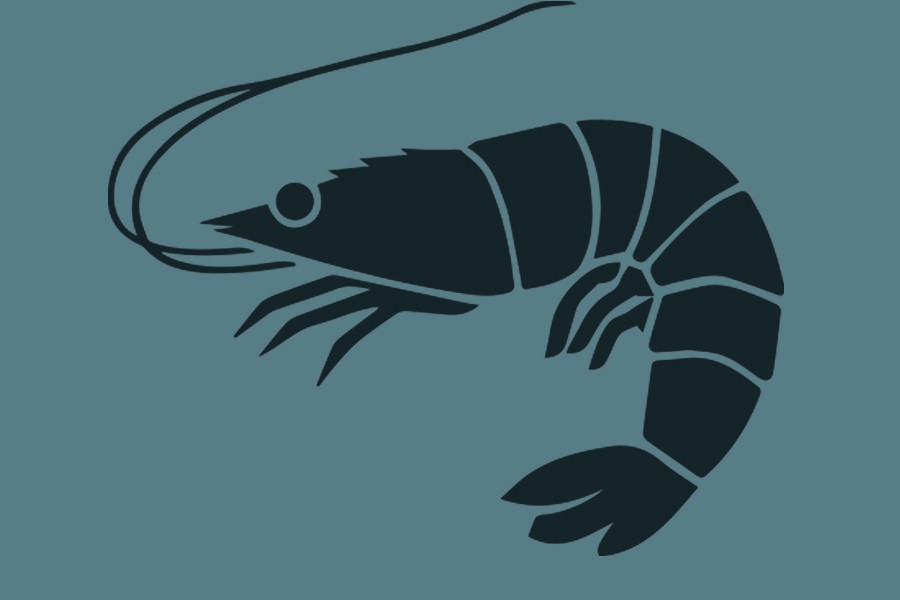The crisis-hit shrimp industry, which has seen a gradual fall in exports over the last five years, is now looking for a breakthrough by introducing a new variety called vannamei or white shrimp.
The government of Bangladesh has blocked the introduction of vannamei for a long time fearing bio-security threat, but the industry has recently got the go-ahead with a pilot project, industry insiders said.
Bangladesh's shrimp exports slipped to US$ 408 million in the fiscal year 2018 from US$ 545 million in the FY 2014, showing a negative annual compound growth rate of 5.63 per cent. And two-thirds of the shrimp processing plants of the country have also been shut down.
"The demand for brackish water shrimp like bagda and galda has been falling sharply in the global market due to popularity of vannamei variety which contributed to over 77 per cent of global exports," Kazi Belayet Hossain, president of Bangladesh Frozen Food Exporters Association (BFFEA), told the FE on Friday.
This is a low-priced and high-yield variety as its yield is 3,000 kilograms per acre compared to 280kg of galda variety and 130kg of bagda variety. This variety also grows faster--1.5 grams in a week--and it has a survival rate of 70 per cent on an average.
The BFFEA president said it will take at least five years to go into commercial production of vannamei in Bangladesh.
"We are hiring consultants from abroad for preparation and site selection. We have visited countries like Thailand and India to examine the cultivation process. We are going to take up a pilot project to produce this new variety," he said.
According to experts, high overhead costs and low technology caused this crisis in the shrimp industry. Out of the 104 processing plants of the country, only 30 are now in operation.
However, a surge in the demand in the domestic market provides cushion for the shrimp sector.
The rise in the purchasing power contributes to recent high demand for galda and bagda in the domestic market.
According to the Department of Fisheries, annually 63,000 tonnes of shrimp are consumed in the local market.
The domestic sales of galda are 39 million kg which is 75 per cent of the total production, Fisheries Department says estimating a 600 million-dollar domestic market for the shrimp sector in the current year.
"Interestingly, this high domestic demand is also raising the procurement costs of shrimp for us. And we are losing our market share in the global market because buyers are shying away from the high-priced varieties," Mr Belayet said.
However, he expressed the hope that if the new variety can be introduced, the shrimp export industry will experience a turnaround.
Some 800,000 people are engaged in shrimp farming in the country but they are not properly educated for farming of high quality shrimp.
Experts suggest taking initiatives to educate the farmers to ensure bio-security.
Recently the Netherlands has started working with the farmers for quality production of bagda known as black tiger variety. The Netherlands is a major buyer of this shrimp variety.
Black tiger worth US$ 89 million was exported to the European Union in 2017.
The bulk supply of shrimp comes from the country's southern region including Khulna and Barishal.


